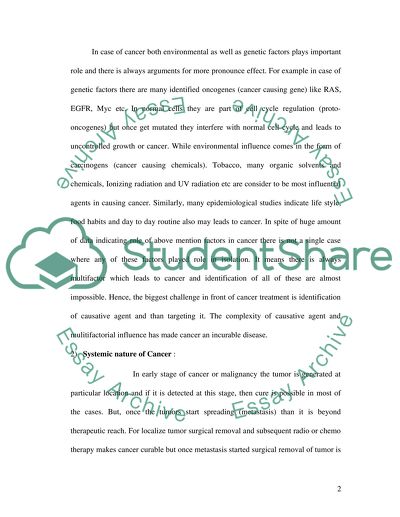Cite this document
(“Cancer: A Terminal Disease Essay Example | Topics and Well Written Essays - 1500 words”, n.d.)
Retrieved from https://studentshare.org/biology/1514511-cancer-a-terminal-disease
Retrieved from https://studentshare.org/biology/1514511-cancer-a-terminal-disease
(Cancer: A Terminal Disease Essay Example | Topics and Well Written Essays - 1500 Words)
https://studentshare.org/biology/1514511-cancer-a-terminal-disease.
https://studentshare.org/biology/1514511-cancer-a-terminal-disease.
“Cancer: A Terminal Disease Essay Example | Topics and Well Written Essays - 1500 Words”, n.d. https://studentshare.org/biology/1514511-cancer-a-terminal-disease.


